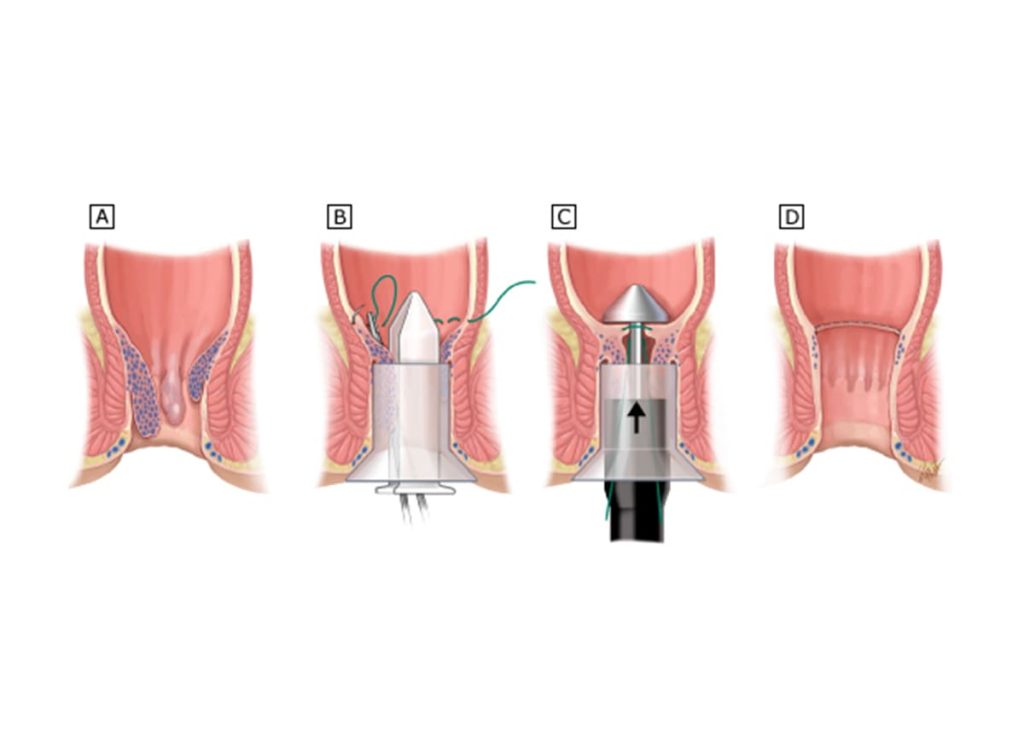What is Stapled Haemorrhoidectomy ?
Stapled hemorrhoidectomy is one of the most common surgical procedures in the world. It is a safe, effective and relatively painless procedure that can be performed without general anesthesia. This technique involves two large absorbable suture staples placed at the ends of two scopes that are passed through the anus and pressed against both sides of the hemorrhoid. The scope allows for very precise surgical placement and is able to be removed in one piece following surgery.
Technique
Stapled hemorrhoidectomy is a gentle surgical technique that uses a metal clip to seal the ends of small blood vessels inside the anus. This ensures that when you have a bowel movement, no free blood can leak out and damage the lining of your large intestine. The procedure takes about 15 minutes to perform under anesthesia and results in almost no pain afterwards.
Usage
Stapled hemorrhoidectomy (SHS) is performed for chronic anal fissure and hemorrhoidal disease, and has now been widely accepted as an alternative nonfilter device. This article reviews the evidence and treatment of polypoid hemorrhoids in children and adolescents with normal history, physical examination findings and rectal bleeding in the absence of any comorbid pathophysiology. A discussion of follow up after surgery is also included.
With the Stapled Hemorrhoidectomy technique, we are able to cut through your hemorrhoids without damaging the surrounding tissue or other structures. This allows us to remove all of the hemorrhoids, while leaving you with a small area of non-inflamed tissue that is not as painful, similar to a curable ear infection. Unlike surgery where everything is numbed before being cut open, only minimal discomfort is present during this procedure.
How is Stapled Hemorrhoidectomy Procedure Performed ?
Stapled Hemorrhoidectomy procedure refers to the surgical removal of hemorrhoids. This procedure involves the insertion of a surgical stapler through the anus and into the lower rectum. The stapler is pushed through a small incision in the skin and held in place by settings on one side of it. By holding the stapler firmly in place, tissue on both sides of it can be cut in order to remove the hemorrhoid.
The first stage of a hemroidal procedure is diagnosis, which usually involves an ultrasound/CT scan and blood testing. If necessary, your doctor will then schedule an appointment with a surgeon for an initial consultation where you will discuss any health concerns you may have related to the condition. The second stage of a hemroidal procedure involves receiving anesthesia and having your anoscopy performed. After this procedure, you will be taken to recovery and given instructions on how it’s time to return home.


